
GUEST BLOGGER CAROLINE ARNOLD
Imagine being a lighthouse keeper–alone, a woman, down 151 steps at the bottom of a cliff on an island in San Francisco Bay. My book KEEPER OF THE LIGHT: Juliet Fish Nichols Fights the San Francisco Fog (CameronKids/Abrams, 2022) tells the dramatic true story of Angel Island light keeper Juliet Nichols, who kept the light shining and fog bell ringing through the months following the 1906 San Francisco earthquake.
A real-life log book
Juliet’s duties included observing the weather and recording it in her log book. The log book, now at the National Archives in Washington, D.C., provides a firsthand account of Juliet’s daily life as a lighthouse keeper. It includes the record of the fateful day and night when the bay was shrouded in thick fog. Juliet heroically rang the fog bell by hand for 20 hours straight after the automatic mechanism failed, thus preventing potential disaster for ships in the bay.
Reading strategies
Main text
The story of KEEPER OF THE LIGHT unfolds chronologically, beginning in September 1902 when Juliet begins her job as keeper of the Angel Island light station. Note the headings—excerpts from Juliet’s actual log—that give the date and weather report for each section of the story. The story, told in first person present tense as it would be in a personal journal, draws the reader into the action.
Illustrations
Rachell Sumpter’s beautiful watercolor paintings illustrate the book. Details such as Juliet’s clothing, the sailing ships in the bay, the coal stove in the lighthouse dwelling, carts on the streets of San Francisco, help establish the historical time period. The cover of the book, designed to look like a real journal, reinforces the concept of telling the story as entries in a log book. Note that the cover is different from the dust jacket, which shows Juliet on a starlit night in front of the bell house next to the light and giant bell. Small paintings on the jacket flaps show Angel Island as seen from a distance—covered in the fog on the front flap and on a clear day on the back flap.
Back matter
The story in the book focuses on just one incident in Juliet Nichol’s life. Details about Juliet’s family, a map locating Angel Island in San Francisco Bay, and a short history of Angel Island and the light house at Point Knox puts the story of the book in a larger context.
Activities
Keeping a weather log
Juliet recorded the weather in her log book twice a day—once in the morning and once in the evening. She also noted activities relevant to running the lighthouse–such as repairs, the delivery of fuel, or a visit of the lighthouse inspector. She used the information in her log book to write her monthly reports.
You can make your own log to make a record of the weather where you live.
You will need: a large notebook with lined paper, a pencil, outdoor thermometer, graph paper.
Using Juliet’s lighthouse log as a model, write your name, the month, year, and location of your observations in the notebook at the top of the page. Along the left margin, write the numbers, 1-31, one date per line. Once each day (at about the same time) write down your observations of the sky (clear, partly sunny, overcast, foggy), air temperature (measure with a thermometer), and precipitation (rain, snow, sleet.)
At the end of each month you can make a simple graph of the daily temperatures.
What was the average temperature for the month? (Hint: Add all the temperatures and divide by the number of days in the month.)
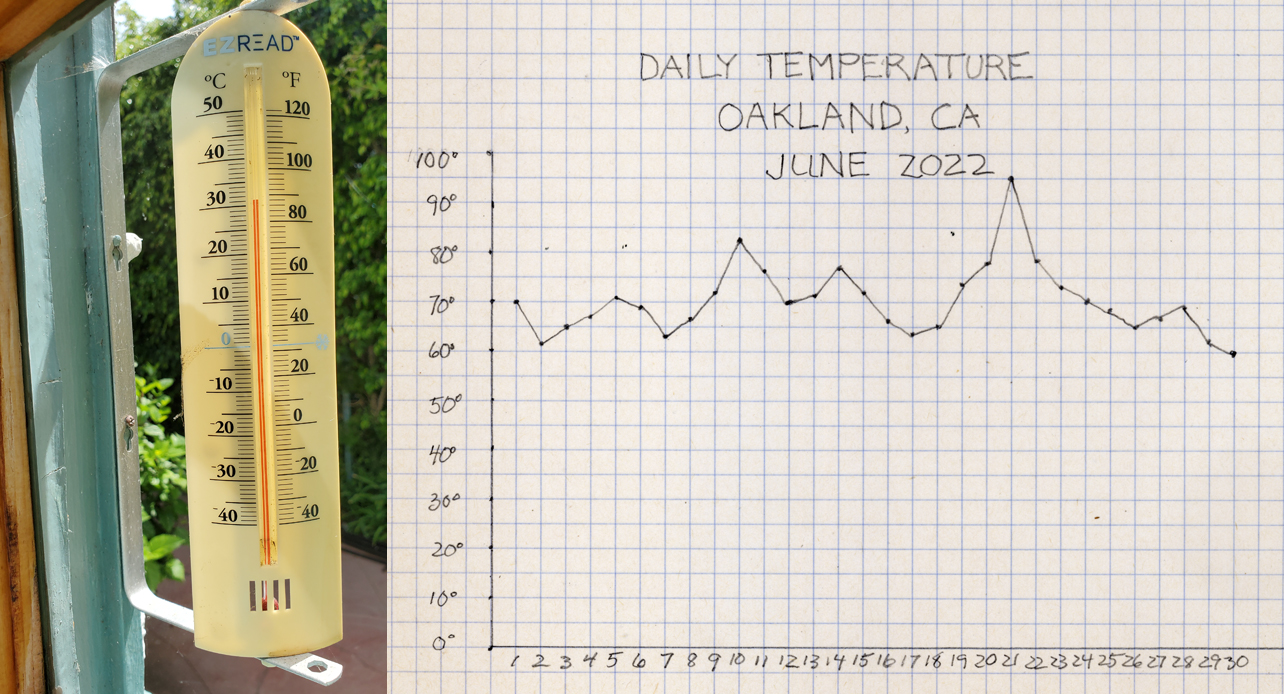
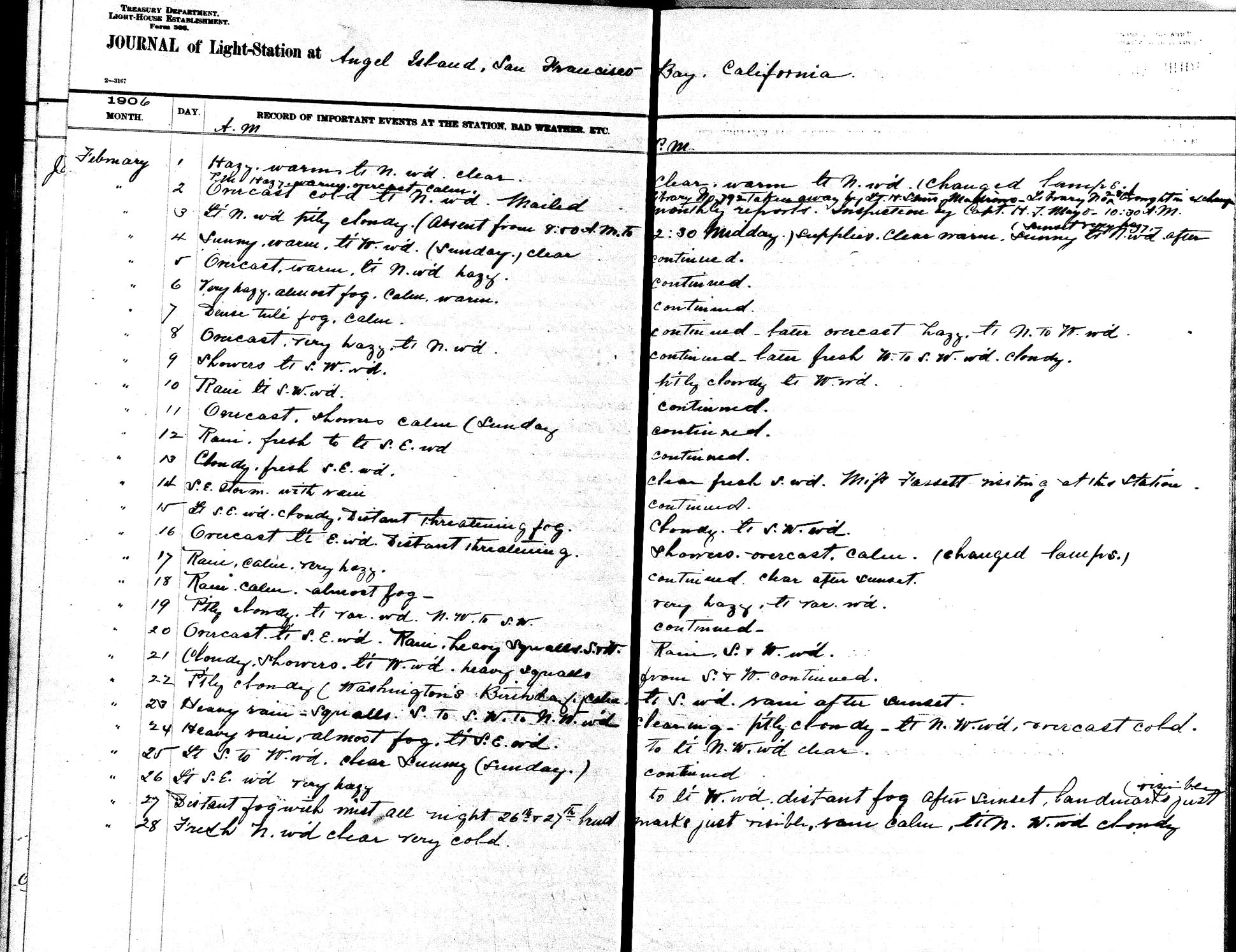
Earthquake in a box
On April 18, 1906, Juliet wrote in her log:. Calm. Hazy. Severe earthquake at 5:07 A.M. followed by several lighter shocks.
Earthquakes occur when two parts of the Earth’s crust push against one another. To demonstrate what occurs when this happens, you can make a tiny earthquake in a box. (It is best to do this project outside.)
You will need: a shallow cardboard box, scissors, damp sand.
First, cut the box in half. Then put the box back together by overlapping the cut edges. Fill the box with sand. Pat the sand to make it smooth. Now slowly push the two parts of the box together. What happens to the sand? Does it form little hills or valleys? Have you made any tiny earthquakes?
Featured image: “splash” by Scooter Lowrimore is licensed under CC BY 2.0.
Caroline Arnold has been writing since 1980 and is the author of 170 books for children, including Keeper of the Light and her Room 6 series published by Charlesbridge– Planting a Garden in Room 6, Butterflies in Room 6 and Hatching Chicks in Room 6, a JLG Premier Selection and CRA Eureka Award winner–all illustrated with her own color photos. Recent titles illustrated with her own cut paper art include A Day and Night in the Rain Forest in her Habitats series , and A Polar Bear’s World, winner of the CRA Eureka Award for Nonfiction. A noted science writer, Caroline Arnold has had thirty-three books on the NSTA Outstanding Science Trade Books list including Too Hot? Too Cold? and A Warmer World. Her books are inspired by her travels, her love of animals, fossils, and the out-of-doors. She made numerous trips to Angel Island in San Francisco Bay while researching Keeper of the Light. She lives mainly in Los Angeles, CA, but also part-time in Oakland, CA.
Website: www.carolinearnold.com
Facebook: caroline.arnold.524
Twitter: @CarolineSArnold



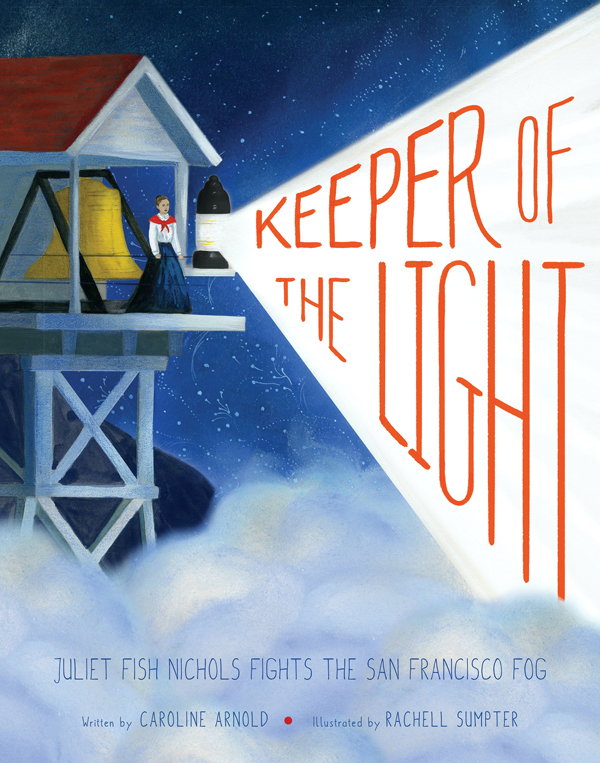
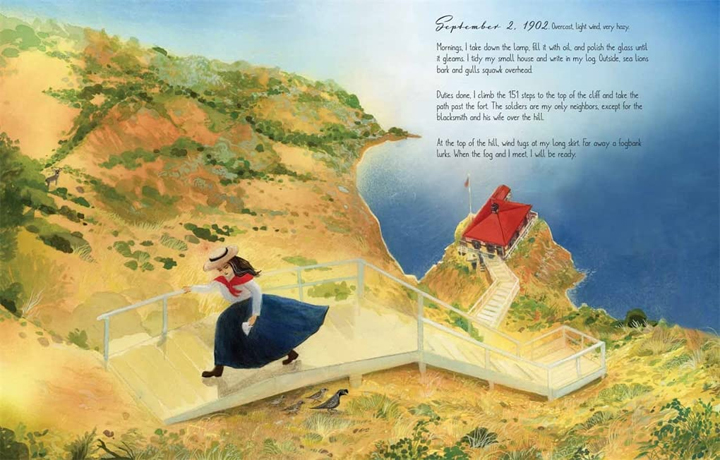
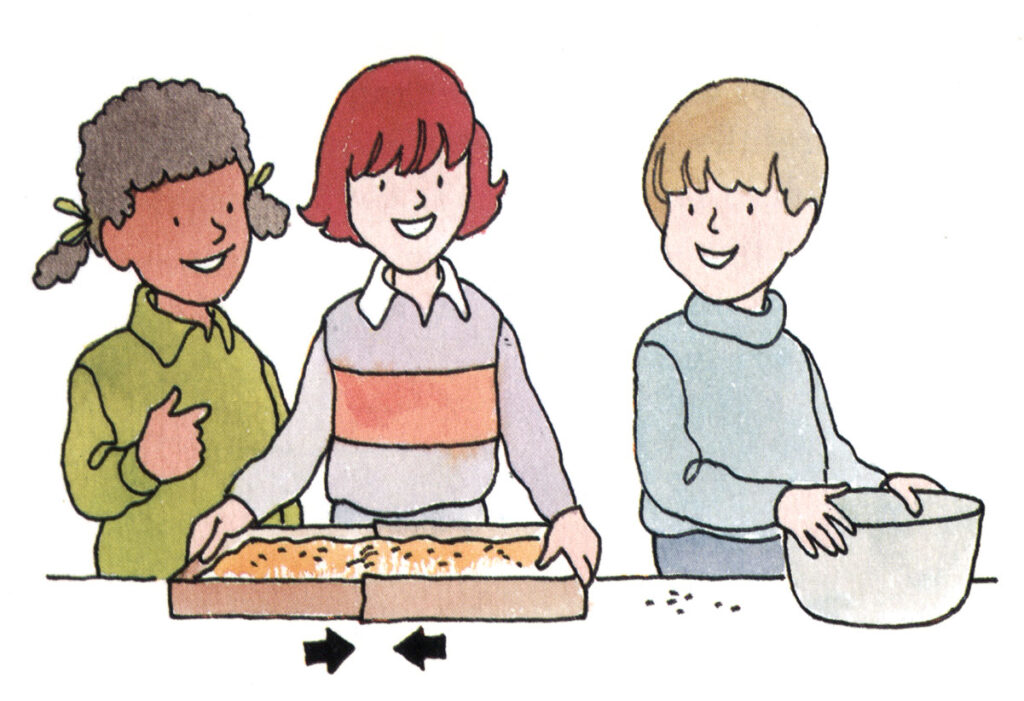
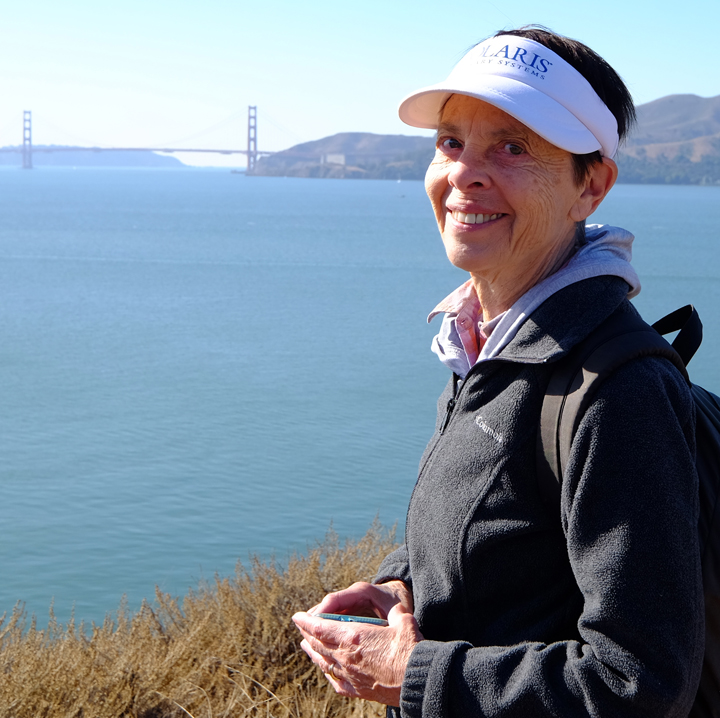


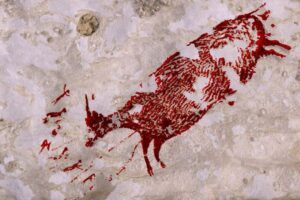


Leave a Reply
Your email is safe with me.